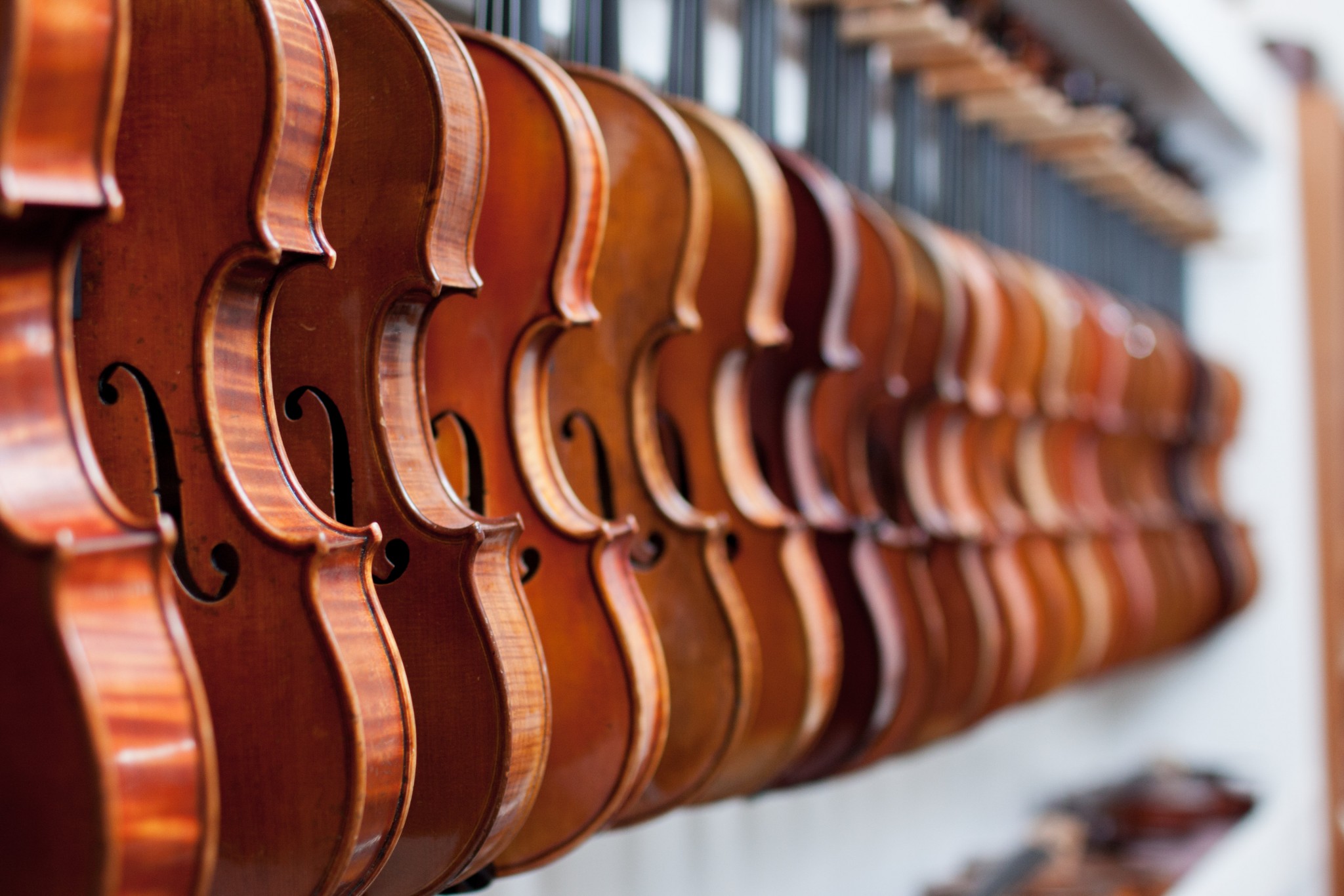Okay, this is for individuals who enjoy string instruments such as the violin. It’s time to get into the hidden ingredient that makes a wonderful violin: wood! Now, I know what you’re thinking: “Wood? Really? That’s the big mystery?” But believe me, the type of wood used in your violin can make or break the sound you’ll hear.
Types of Wood Used in Violin Construction
One of the key factors in determining what makes a good violin is the wood used in its construction. The type of wood used can significantly influence the sound quality, resonance, and overall tone of the instrument.
Top Wood (Soundboard)
First, let us review the many types of wood used to construct violins. The soundboard, or top, is often made of spruce or cedar. These lightweight but strong timbers set the framework for the pleasant, sweet tone that we all seek.
Back and Sides
The back and sides are often made from maple or willow. These babies provide the structure and resonance to truly make your violin sing.
Fingerboard and Pegs
But the fun does not stop there. Even the fingerboard and pegs help to shape the characteristic violin sound. Ebony and rosewood are popular choices, giving both sophistication and tonal goodness.
Impact of Wood on Sound Quality
Here are some quick pointers on how these different woods affect overall sound quality.
- Spruce is recognized for its bright, crisp tone.
- Cedar is more warm and rich.
- Maple is the gold standard for the back and sides of violins, giving them a strong, projecting sound.
- Lastly, get a willow for a slightly more relaxed and introspective tone.
Aging and Treatment of Wood
But wait—there’s more! The age and treatment of wood can also perform wonders. A properly seasoned piece of spruce can acquire depth and complexity that will make your heart skip a beat. That means varnish and finishing techniques can also alter the tone characteristics of your violin. Pretty meticulous, right?
Comparing Different Woods
Now, let’s put our wood knowledge to the test.
Spruce vs. Cedar
Which is superior to spruce vs. cedar? It largely relies on the player’s preferences and the type of music they like. Spruce is the versatile MVP, and cedar is the soulful crooner. Personally, I like the warm, velvety tone of a cedar-topped violin, but I know many people who swear by the crystal-clear brightness of spruce.
Maple vs. Willow
And how about maple vs. willow? Maple is the standout, delivering a powerful, booming sound that can fill any music venue. Willow, on the other hand, is a delicate, nuanced typeface that is great for personal, contemplative writing.
Conclusion
Well, there is no one-size-fits-all answer to what defines an acceptable violin. It’s all about finding the wood mix that resonates with your musical spirit. And, let’s be honest, half the pleasure is experimenting and discovering your own distinct tonal preferences.
The next time you pick up your axe, take a moment to admire the carefully chosen woods that make it sing. Be it maple, cedar, or willow, they all have their role and forte in a violin. And who knows, maybe one day you’ll be teaching the beginners about tonewood.
Keep an eye for more news & updates on VentsfFashion.Com!

